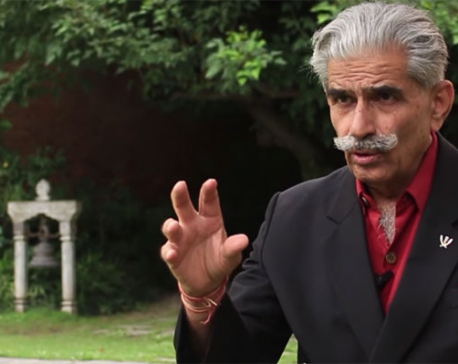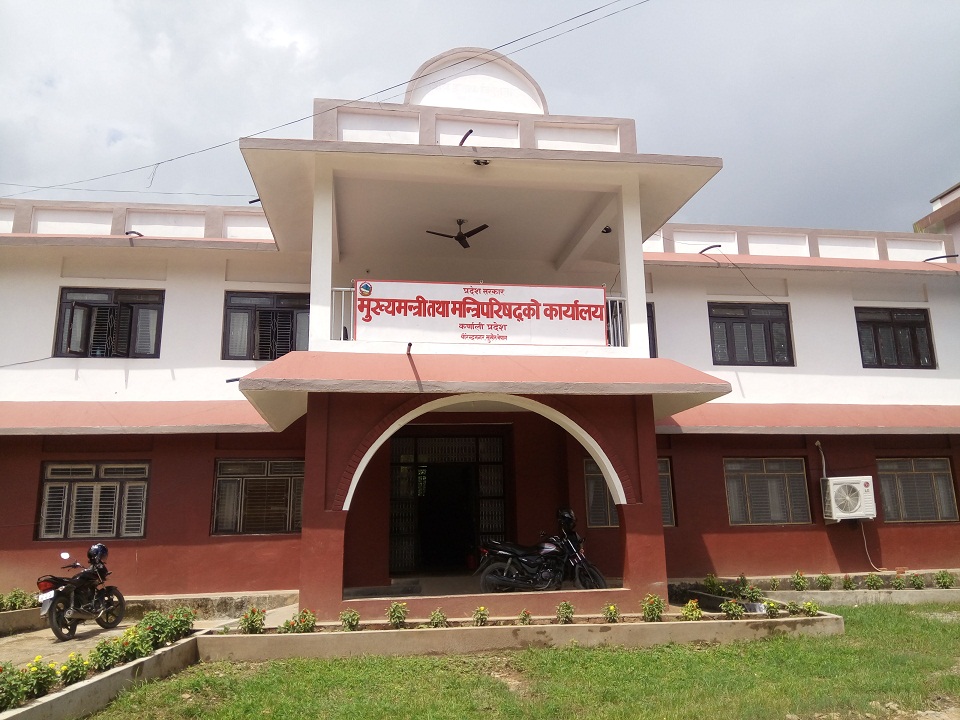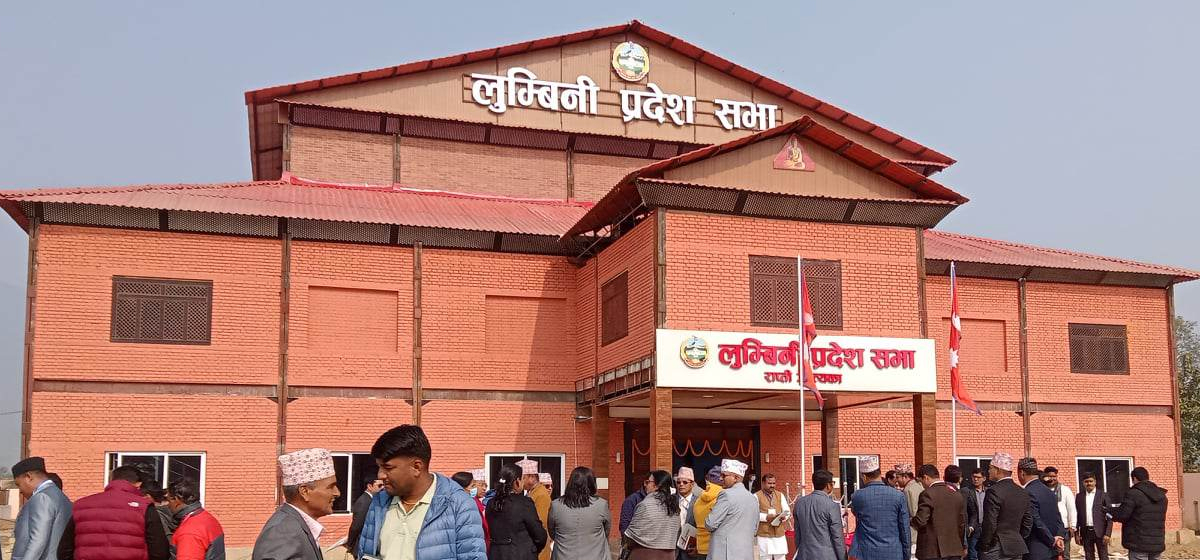
OR
Inflation wedge with India narrows to 1.1 percent
Published On: August 27, 2017 09:24 AM NPT By: Sagar Ghimire | @sagarghi
KATHMANDU, August 27: Nepal's inflation wedge with India has narrowed down to 1.1 percent in the last fiscal year 2016/17 as inflation of both countries cooled down.
Inflation wedge refers to difference in rate of price rise of goods and services between two countries. Higher inflation wedge means price of the same good or product would be higher in Nepal than in India.
According to Macroeconomic and Financial Situation Report of Fiscal Year 2016/17 published by the Nepal Rastra Bank (NRB) last week, the average consumer price inflation was slightly higher at 4.5 percent in Nepal compared to 3.4 percent in India.
In the previous fiscal year, inflation was at 9.9 percent in Nepal and 5.2 percent in India, reflecting a wider inflation wedge of 4.7 percent.
The higher base price of the preceding year, improved supply situation and lower global prices including that of India helped inflation to cool down in the last fiscal year, according to the NRB.
As Nepal relies heavily on India for import of goods and commodities and that the country has pegged exchange rate regime with India, Nepal's inflation is significantly influenced by inflation in its southern neighbor.
Economists and institutions like the International Monetary Fund (IMF) have been calling the NRB for a more focused approach on bringing down such inflation gap. One of key recommendations that the IMF has been making to Nepal in its country surveillance reports, known as Article IV consultation, is about keeping inflation close to the level of India so that Nepal's competitiveness is not lost due to inflation wedge.
“It's not like that inflation wedge would be at zero. However, the significant rise in inflation wedge would indicate the inefficiency of our market,” Min Bahadur Shrestha, the former vice chairperson of National Planning Commission (NPC), told Republica.
Inflation in India, money supply and exchange rate are the major factors that determine price rise in Nepal, according to the central bank officials.
Economists say that there is a need to bring inflation at the level of India also to maintain the sustainability of currency peg with India.
Last year, in its Article IV consultation report, the IMF had recommended that the NRB tighten its monetary policy 'to support the exchange rate peg and competitiveness by closing the inflation wedge with India on a sustained basis'.
If the inflation wedge is higher, the value of Nepali rupee in real term vis-à-vis Indian currency goes up, putting pressure on the sustainability of currency peg system which is fixed at a nominal rate of Rs 1.6 equal to IRs 1.
“The sustainability of the peg crucially depends on the keeping the inflation rate close to that of India. The adoption of the flexible inflation targeting by India has also necessitated to adopt a more proactive policy by the NRB in keeping inflation at a lower rate in Nepal,” read a recent report of the Research Department of the NRB entitled 'Optimal Inflation Rate for Nepal'.
You May Like This

Inflation falls to 12-year low of 4.5 percent
KATHMANDU, Aug 21: Annual average inflation fell to 4.5 percent in the last Fiscal Year 2016/17. According to the Nepal... Read More...

Inflation remains at 5 percent
KATHMANDU, June 8: While Nepal Rastra Bank (NRB) has aimed to contain annual average inflation below 7.5 percent in the current... Read More...

China outrunning India in Nepali politics, India mulling a new strategy
With an unprecedented activeness of China, India seems preparing to counter it. India's Nepal Affairs expert and retired Indian Army... Read More...

Just In
- Karnali CM Kandel secures vote of confidence
- National Youth Scientists Conference to be organized in Surkhet
- Rautahat traders call for extended night market hours amid summer heat
- Resignation of JSP minister rejected in Lumbini province
- Russia warns NATO nuclear facilities in Poland could become military target
- 16th Five Year Plan: Govt unveils 40 goals for prosperity (with full list)
- SC hearing on fake Bhutanese refugees case involving ex-deputy PM Rayamajhi today
- Clash erupts between police and agitating locals in Dhanusha, nine tear gas shells fired


















Leave A Comment